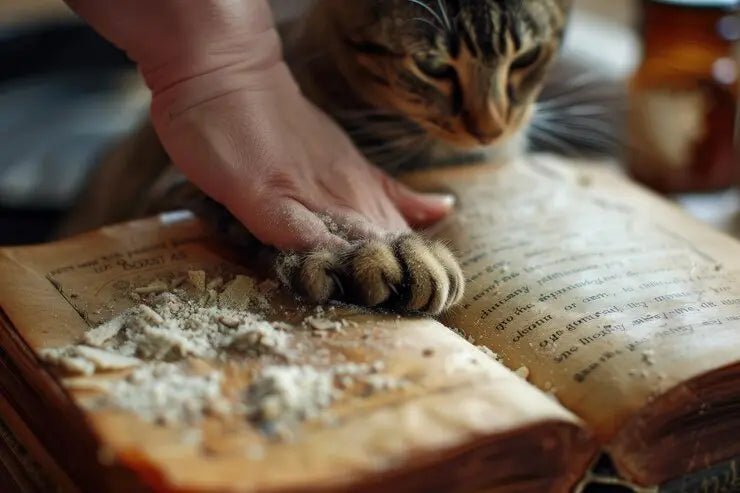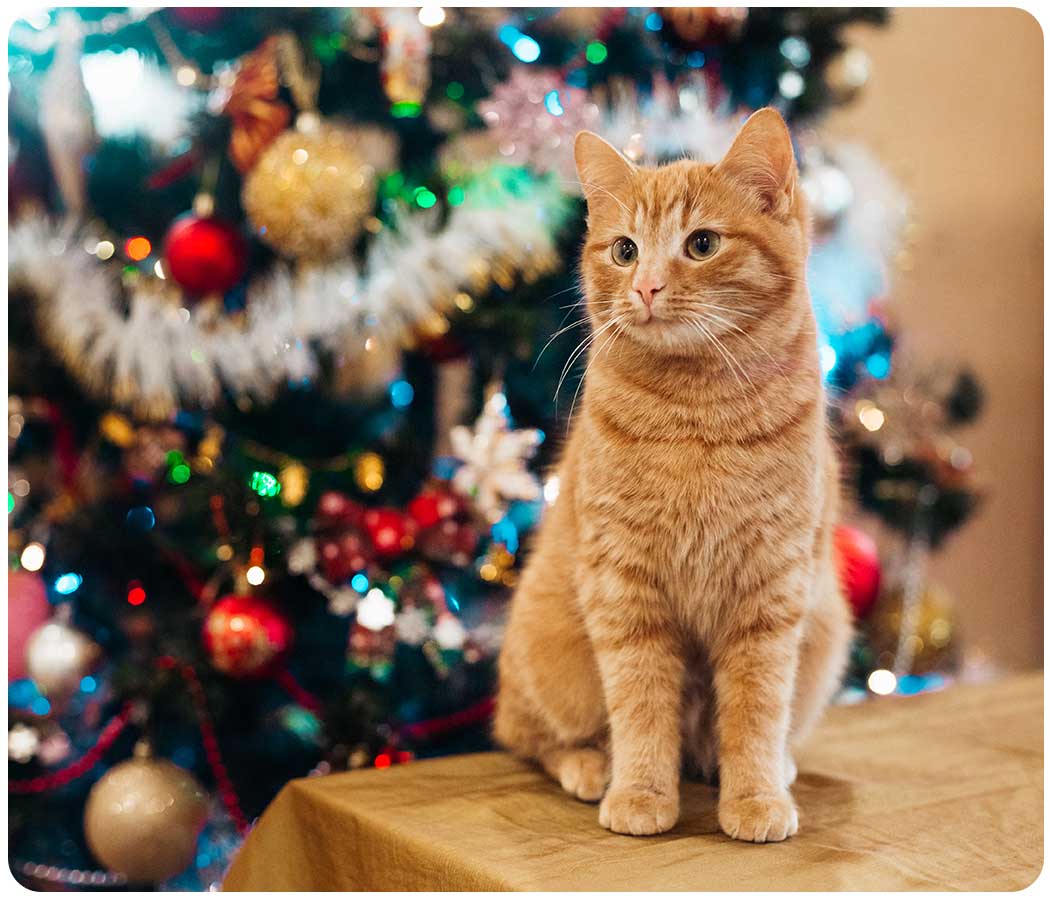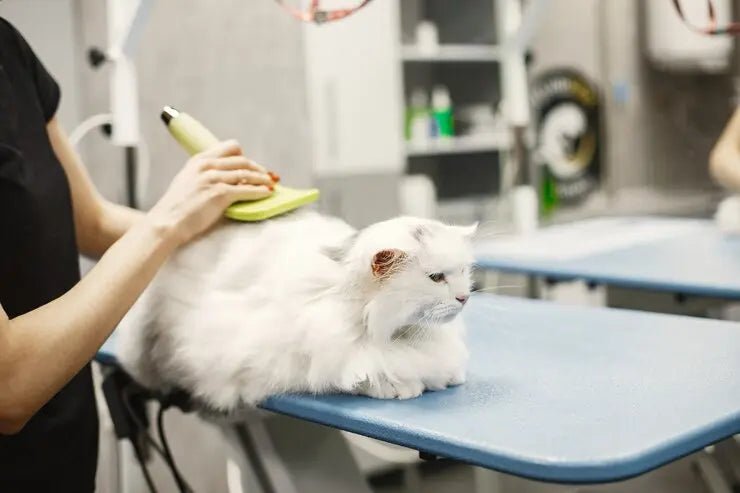
Why Do Cats Knead? Understanding This Common Feline Behavior
Why Do Cats Knead
Why Do Cats Knead If you’ve ever watched a cat knead, you’ve likely found yourself intrigued by this adorable yet puzzling behavior. Cats knead by rhythmically pushing their paws in and out against a soft surface, like your lap, a blanket, or even a favorite pillow. This behavior, often accompanied by purring and a relaxed posture, is not just a quirky habit—it has deep roots in feline history and psychology. In this blog post, we’ll delve into the reasons behind why cats knead, explore its significance, and offer tips on how to handle this charming behavior.

The Origins of Kneading
Kneading is a behavior that begins in kittenhood. Newborn kittens instinctively knead their mother’s belly to stimulate milk flow. This early kneading action is crucial for their survival, as it helps them get the nourishment they need to grow and thrive. As they grow older, kittens gradually outgrow this behavior, but it often continues into adulthood.
Reasons Cats Continue to Knead
-
Comfort and Security: For many adult cats, kneading is a way to recreate the comfort and security they experienced as kittens. The act of kneading provides a soothing and reassuring sensation, similar to the feeling of being with their mother. When cats knead, they often look relaxed and content, suggesting that this behavior helps them feel safe and comfortable.
-
Territorial Marking: Cats have scent glands in their paws, and kneading can serve as a form of territorial marking. When a cat kneads, it deposits its scent onto the surface it’s kneading, signaling to other cats that this space belongs to them. This behavior is a subtle yet important part of feline communication and helps establish a sense of ownership and control over their environment.
-
Muscle Stretching: Kneading also helps cats stretch their muscles and keep their claws sharp. The rhythmic motion allows them to exercise their paws and claws, which can be beneficial for their physical health. It’s similar to how humans stretch their muscles to stay limber and flexible. By kneading, cats can maintain their agility and overall well-being.
-
Affection and Bonding: When a cat kneads on you, it’s often a sign of affection and bonding. Cats may knead their human companions or their favorite spots as a way to show that they feel happy and secure. It’s a way for them to express their love and appreciation for the bond they share with you. The act of kneading can be seen as a form of feline “hug,” reflecting their positive feelings toward you.

Do you want to know more behavioral information regarding cats? Check out Chic kitty's Blog News!
How to Handle Kneading Behavior
While kneading is a natural and harmless behavior, it can sometimes be a bit uncomfortable or inconvenient. If your cat prefers to knead on your lap or bed, you might want to manage this behavior to ensure both you and your cat are comfortable. Here are a few tips for handling and embracing your cat’s kneading:
-
Provide a Dedicated Spot: If your cat frequently kneads on your lap, consider providing a dedicated soft blanket or cushion for them. Placing a designated spot for kneading can help direct their behavior to a specific area, making it more comfortable for both of you. A cozy cat bed or a plush blanket can serve as an appealing alternative to your lap or furniture.
-
Keep Claws Trimmed: Regularly trimming your cat’s claws can minimize the impact of kneading. While trimming won’t stop the behavior, it can reduce the chances of their claws causing discomfort or damage. If you’re unsure how to trim your cat’s claws, consult your veterinarian or a professional groomer for guidance.
-
Use a Cat Bed: Offering your cat a comfortable bed or blanket can be a good alternative to your lap. Cats often knead on soft surfaces, so providing a dedicated spot can keep them content and reduce the likelihood of them kneading on areas you’d prefer they avoid. Ensure the bed or blanket is placed in a quiet and cozy spot where your cat feels safe.

Go through the best selling items online for cats at best price in USA.
Understanding Your Cat’s Kneading
Every cat is unique, and their reasons for kneading can vary. Some cats may knead more frequently than others, while some may only do it occasionally. Observing your cat’s behavior and understanding their individual preferences can help you appreciate this endearing action. Pay attention to when and where your cat kneads, as it can offer insights into their emotions and needs.
The Joy of Kneading
Kneading is just one of the many fascinating traits that make cats such beloved companions. It’s a behavior that connects them to their early days as kittens and reflects their emotional needs and well-being. By understanding why cats knead and how to manage this behavior, you can enhance your relationship with your feline friend and ensure they feel happy and secure.




